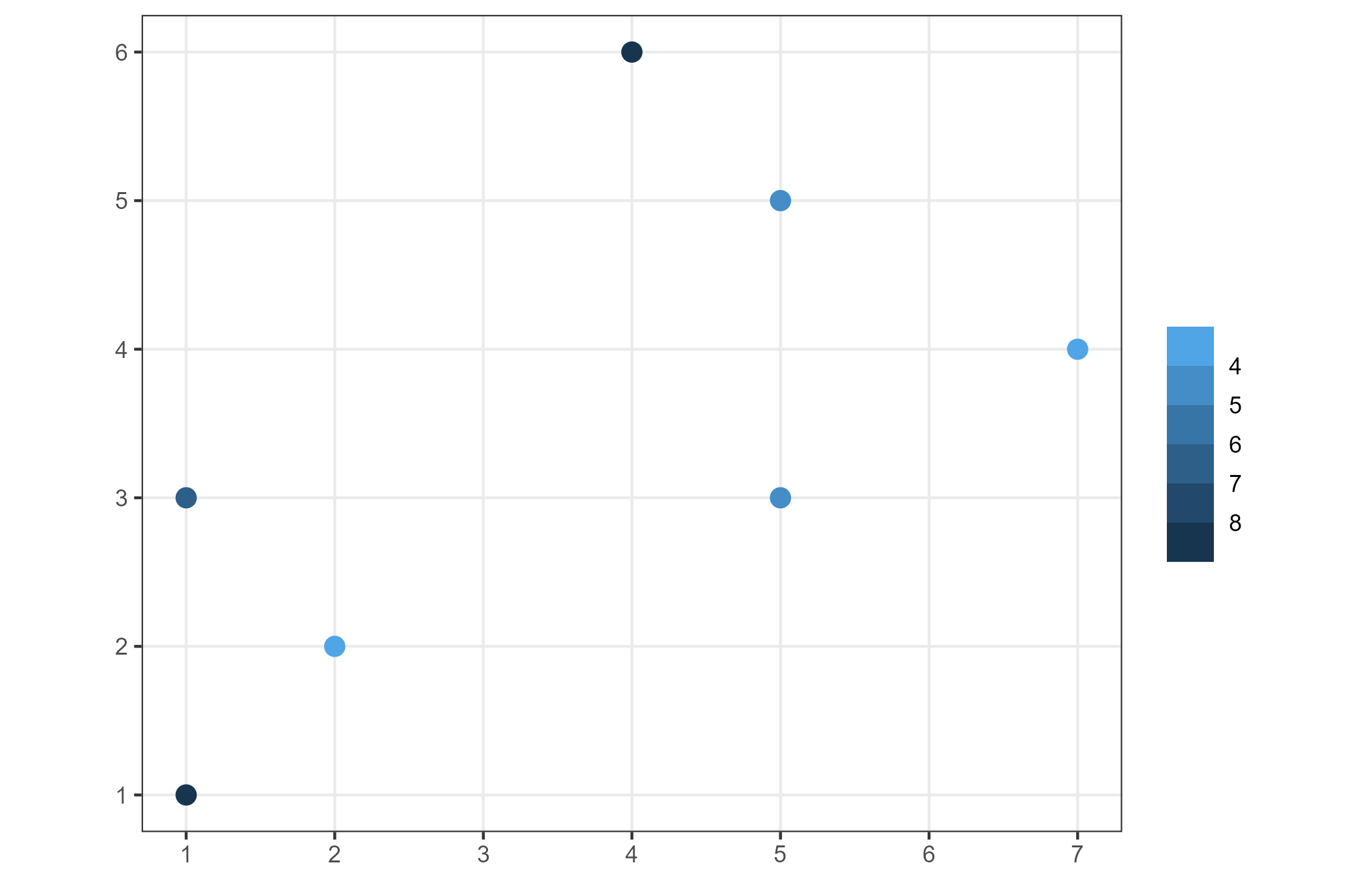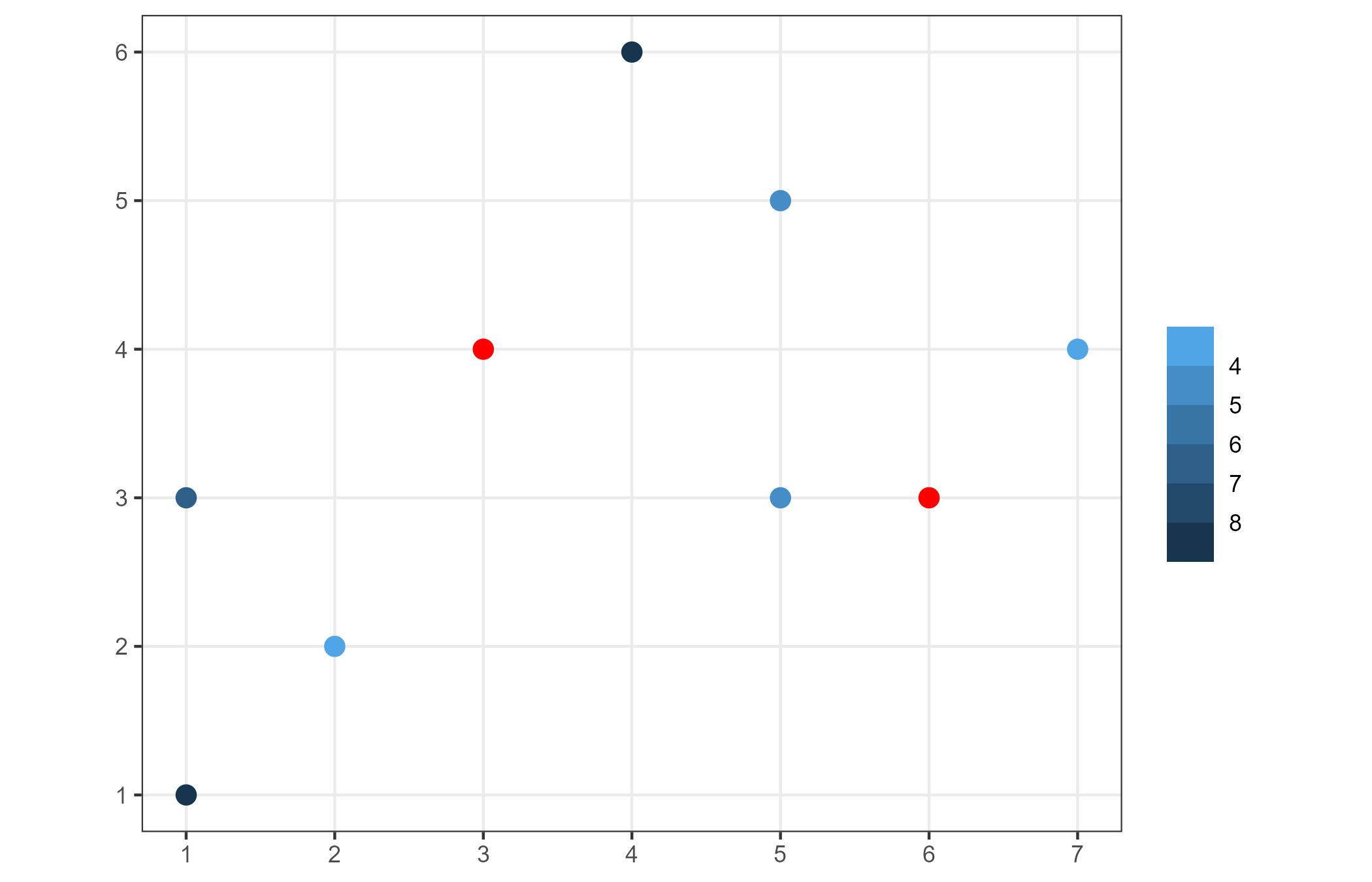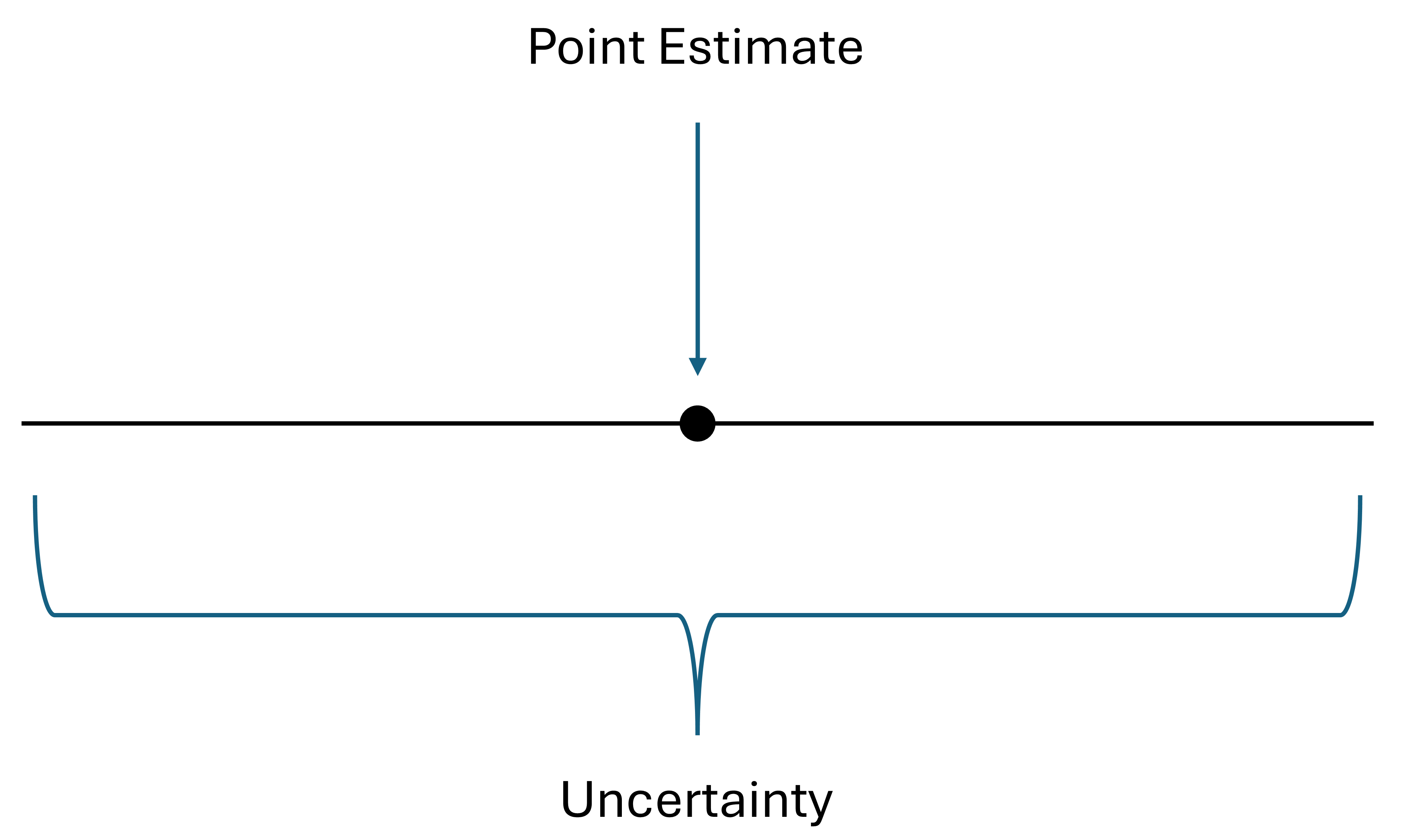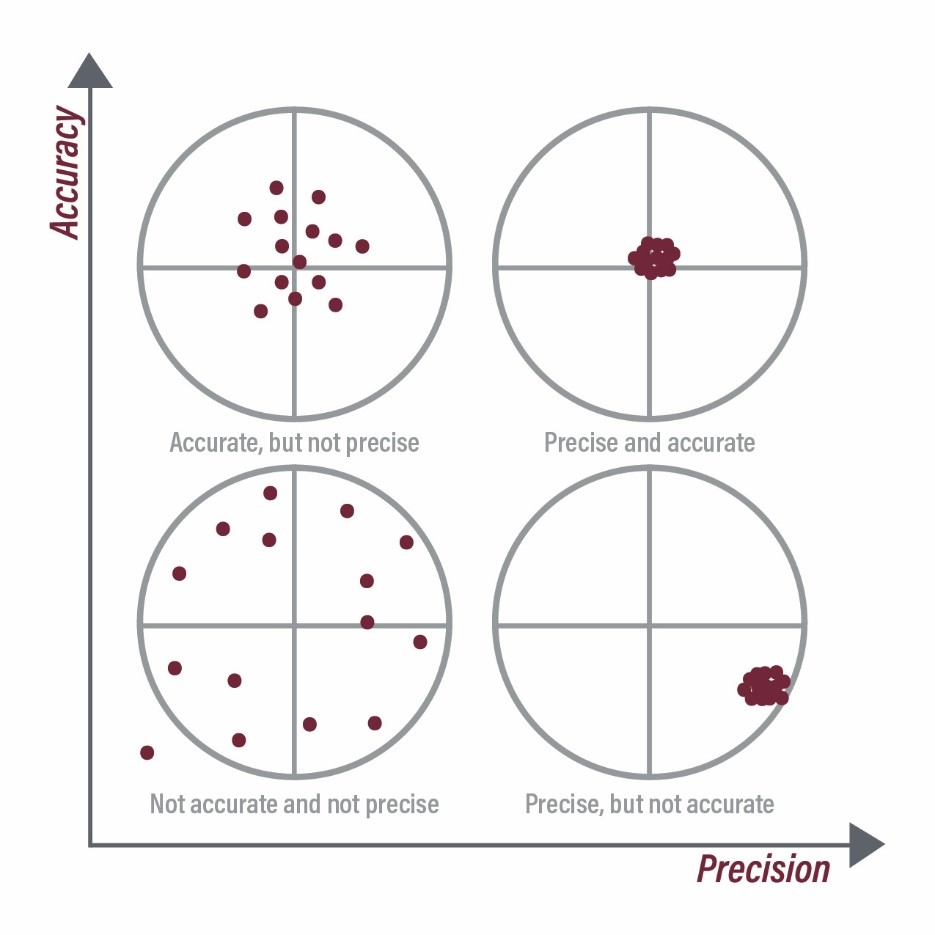Spatially continuous data
- Previously, we explored point data and area data, which are associated with discrete events, such as store locations or individual residents.
- In contrast, spatial phenomena can be continuous rather than discrete.
- Examples of continuous phenomena include elevation and temperature.
- Continuous data are typically stored in raster formats but can also be represented as vector points.
Spatially continuous data

- Here, each point represents a measurement of the underlying continuous process, rather than a discrete event.
- The methods we’ll discuss this week are specific to continuous data and are not suitable for point pattern analysis, and vice versa.
Motivation for spatial interpolation

- Since it is impossible to observe an entire continuous process, there are infinitely many points that remain unobserved.
- To understand the process at a specific, unknown location, we aim to estimate its value based on available data.
- Spatial interpolation techniques address this challenge by providing methods to predict values at these unmeasured points.
Spatial interpolation
Voronoi Polygons/Tessellation:
- Predict the value of an unknown point by assigning it the value of the nearest known point.
Inverse distance weighting (IDW): \(\hat{z_p}=\frac{\sum_i\frac{z_i}{d_{pi}^\gamma}}{\sum_i\frac{1}{d_{pi}^\gamma}}\)
- Here, \(d_{pi}\) represents the (Euclidean) distance between the unknown point \(p\) and a known point \(i\).
\(k\)-Point Means/\(k\)-Nearest Neighbours:
- Predict the value of an unknown point using the average value of the \(k\)-nearest known points.
Point estimate and uncertainty

The theoretical spatial continuous process: \(z_i = f(u_i, v_i) + \epsilon_i\)
Where \(\hat{f}(u_i, v_i)\) represents the point estimate for location \(i\).
Uncertainty is the interval that is likely to capture the true value, \(z_i\).
Accuracy and precision

Activities for today
Reference
2025 Zehui Yin